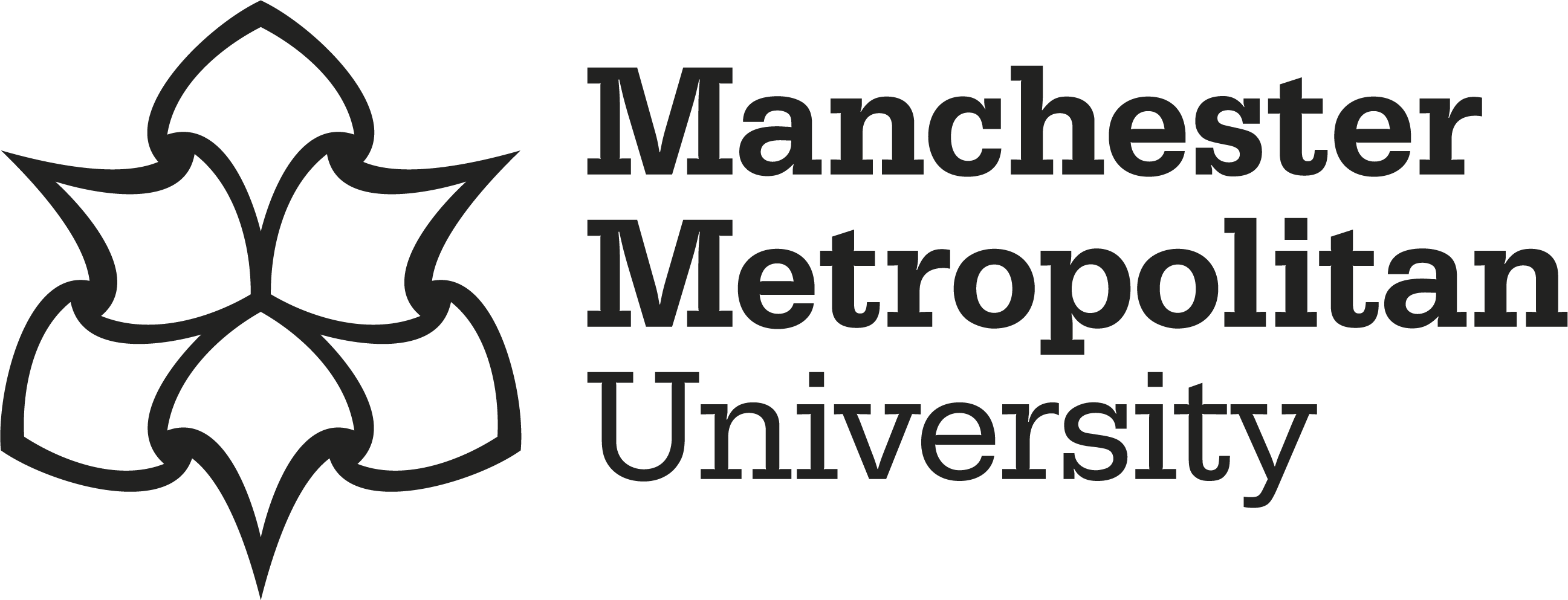Jantalika, Tanachapa, Manochantr, Sirikul, Kheolamai, Pakpoom, Tantikanlayaporn, Duangrat, Pinlaor, Somchai, Saijuntha, Weerachai, Paraoan, Luminita 
|
Published Version
Available under License Creative Commons Attribution Non-commercial No Derivatives. Download (13MB) | Preview |
Abstract
Cholangiocarcinoma (CCA) is an aggressive bile duct malignancy with poor survival rates due to late detection, rapid metastasis, and treatment resistance. Therefore, new therapeutic strategies are needed to improve treatment outcomes. Previous studies have reported that mesenchymal stem cells (MSCs) secrete several soluble factors that modulate intracellular signaling pathways that are critical for the regulation of cancer cell function. The present study aimed to investigate the effects and molecular mechanisms of conditioned media from chorion-derived human MSCs (CH-CM) and placenta-derived human MSCs (PL-CM) on the migration and invasion of human CCA cells. We found that both CH-CM and PL-CM suppress cell migration and invasion in three CCA cell lines (KKU100, KKU213A and KKU213B) by increasing E-cadherin expression and decreasing the expression of several factors involved in the epithelial-mesenchymal transition process, including ZEB1, ZEB2, N-cadherin, vimentin, and MMP-2. The effects of CH-CM and PL-CM were mediated, at least in part, through the suppression of the PI3K/AKT signaling pathway in CCA cells. Our findings suggest that soluble factors derived from CH-MSCs and PL-MSCs could be used in combination with other conventional treatments to diminish the invasiveness of CCA cells, thus improving the therapeutic outcome and increasing survival in CCA patients.
Impact and Reach
Statistics
Additional statistics for this dataset are available via IRStats2.


